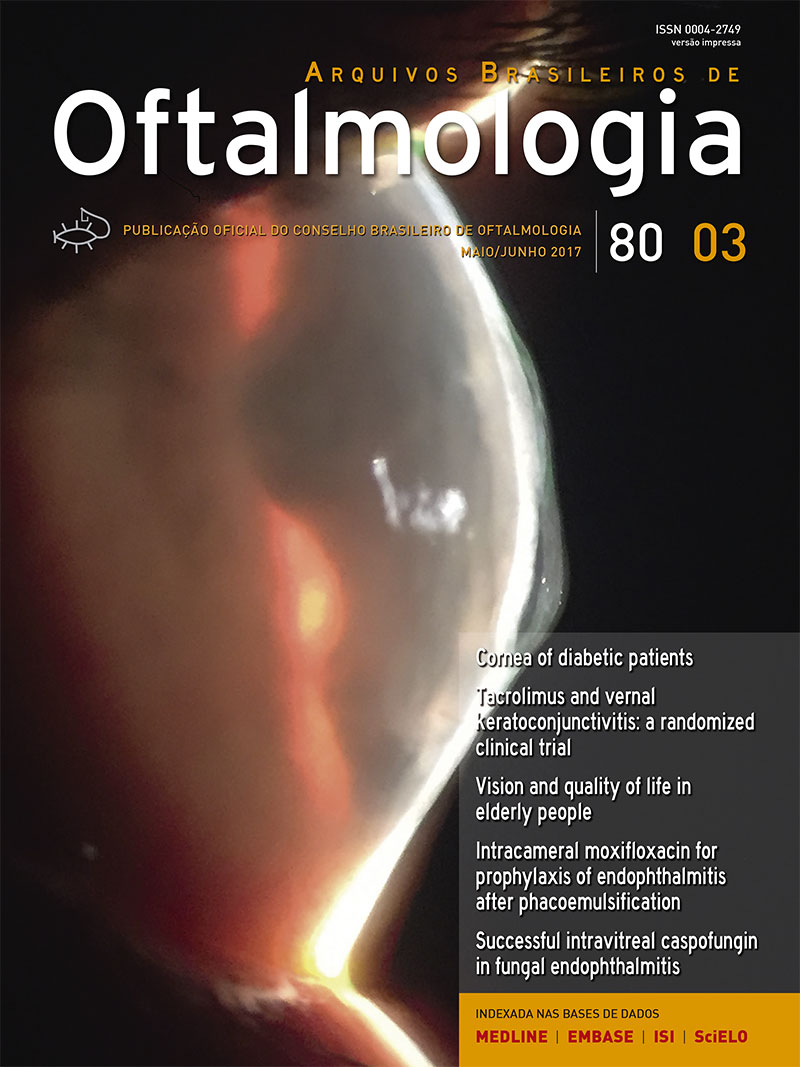Purpose: To determine the vision status, ophthalmic findings, and quality of life among the very elderly. Methods: This was a cross-sectional observational study of individuals aged 80 years and above. A comprehensive ophthalmic exam was performed with mea surement of both the presenting (PVA) and best-corrected visual acuity. The Quality of Life Short Form-36 (SF-36) and the Visual Function Questionnaire (VFQ-25) were also administered. Results: A total of 150 non-institutionalized participants were assigned to three age groups: 80-89 years (n=70), 90-99 years (n=50), and 100 years and older (n=30). PVA and best-corrected visual acuity were normal (≥20/30) in 20 (13.3%) and 37 participants (24.7%), respectively. Regarding PVA, mild visual impairment (<20/30 to ≥20/60) was found in in 53 (35.4%), moderate visual impairment (<20/60 to ≥20/200) in 50 (33.3%), severe visual impairment (<20/200 to ≥20/400) in 8 (5.3%), and blindness (<20/400) in 19 (12.7%) participants. Regarding best-corrected visual acuity, mild, moderate, and severe visual impairments were present in 55 (36.7%), 38 (25.3%), and 5 (3.3%) participants, respectively, and blindness was present in 15 (10%). The main causes of visual impairment/blindness were cataract (43.8%), refractive errors (21.5%), age-related macular degeneration (17.7%), and myopic degeneration (3.8%). SF-36 scores were worse in those with low visual acuity, while VFQ-25 domain scores were poorer in those with vision impairment/blindness. Conclusion: Vision impairment and blindness was present in three-quarters of this sample, but it was notable that adequate correction with spectacles improved visual acuity. This reinforces the need for regular ophthalmic care in elderly patients to improve their quality of life by optimizing vision.
Keywords: Aging; Vision disorders/diagnosis; Geriatric assessment; Blindness; Vision, low; Quality of life; Surveys and questionnaires; Aged; Aged, 80 and over
